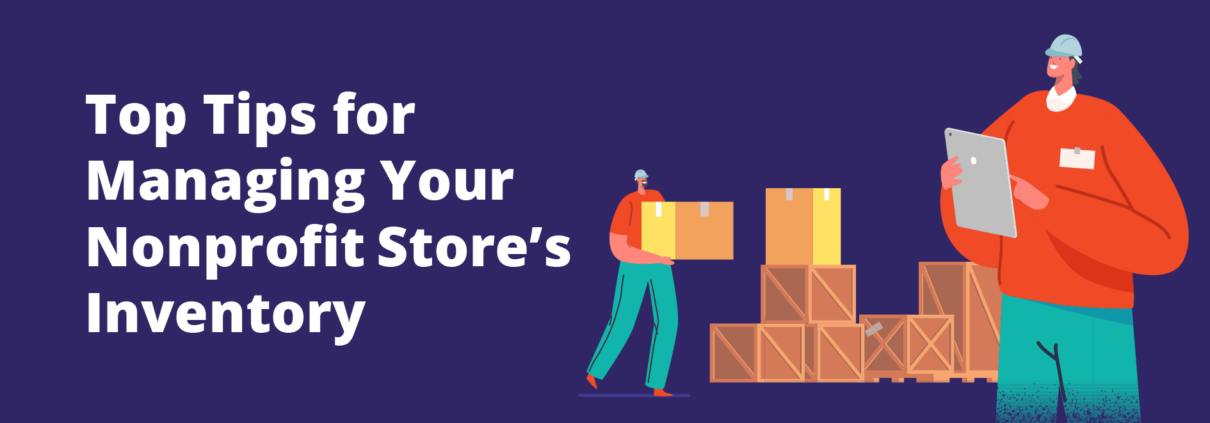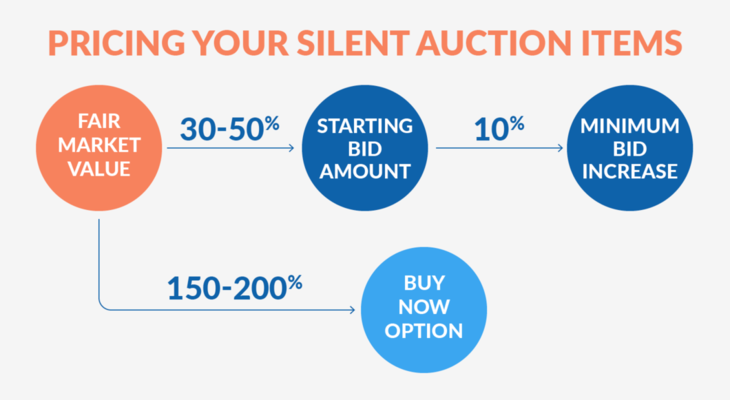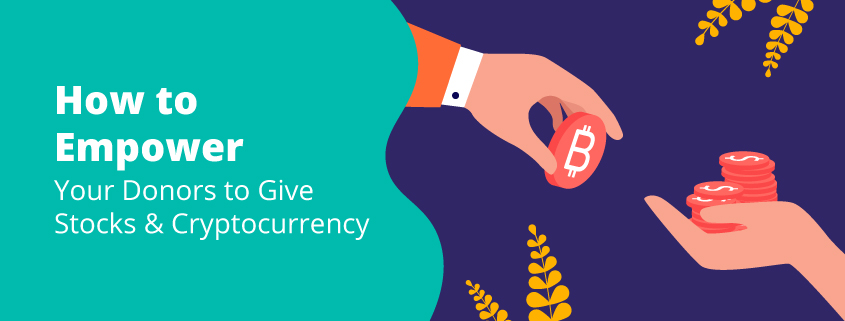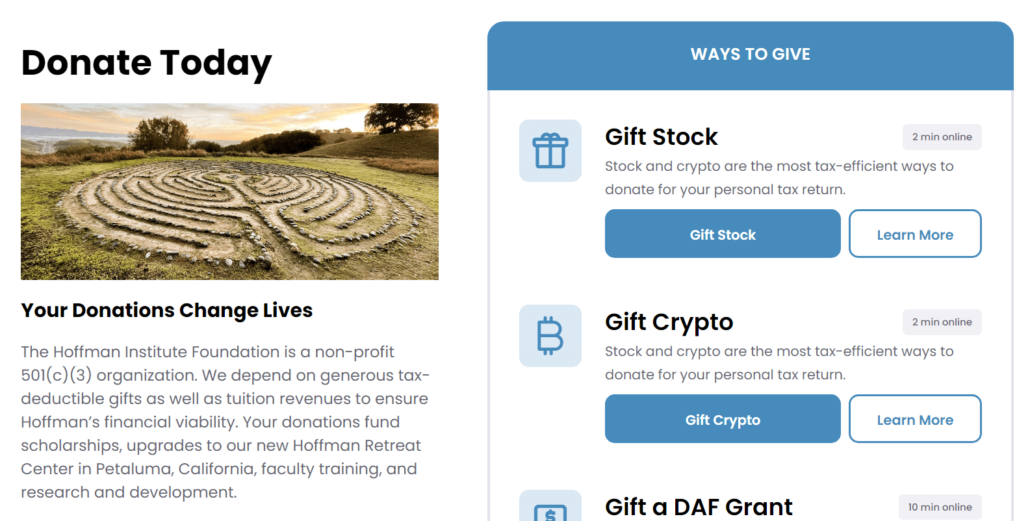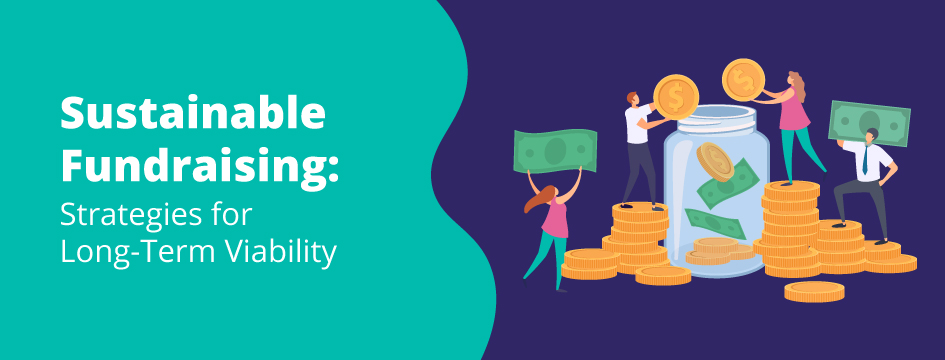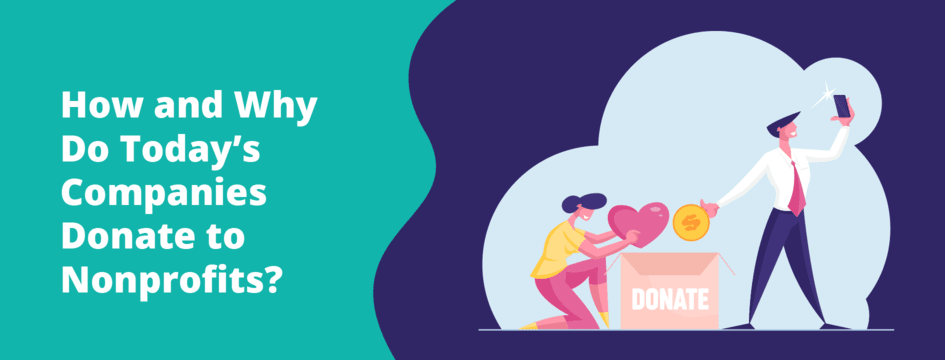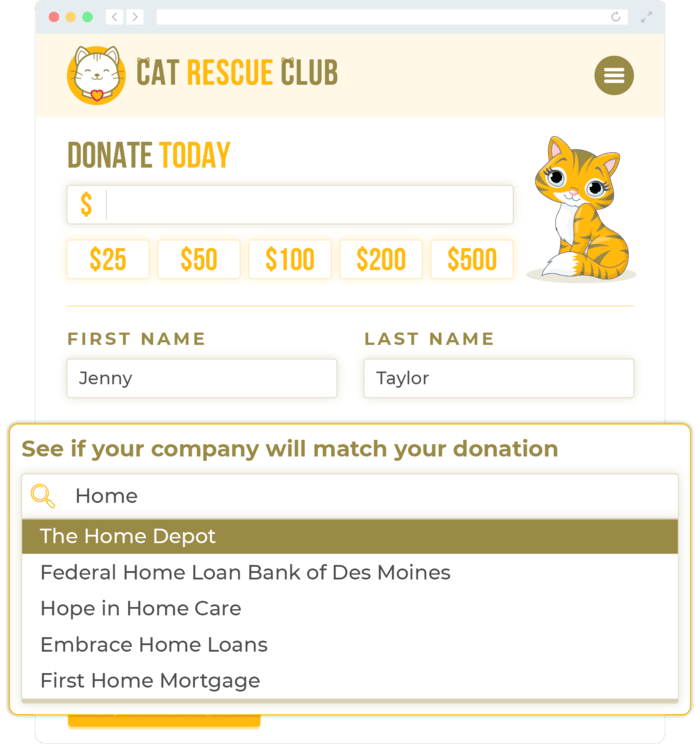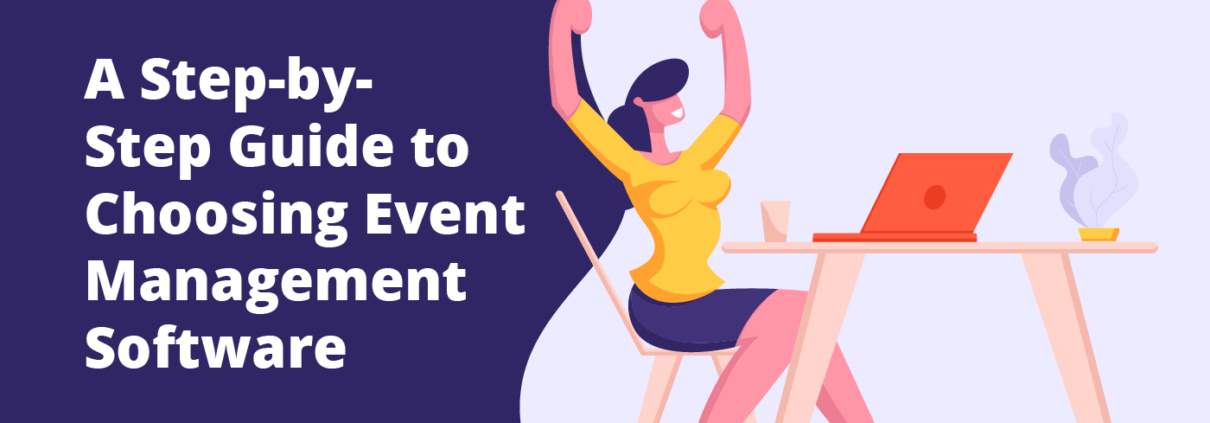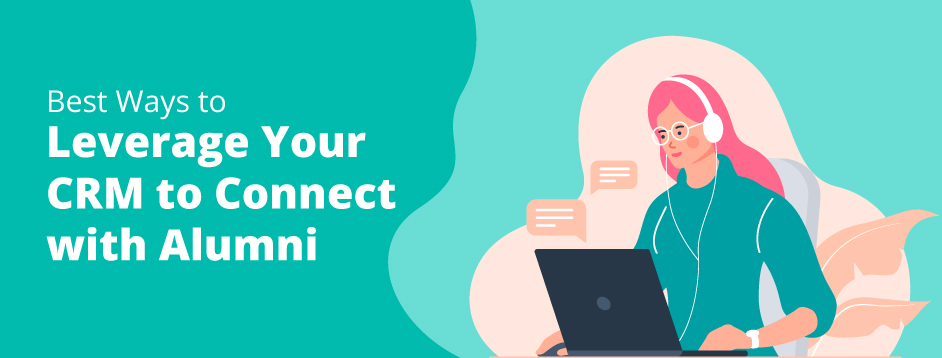15 Questions to Ask to Strengthen Your Donor Stewardship
Acquiring donors can be an uphill battle. It takes a lot of work to identify prospects, learn more about them, introduce them to your organization, and ultimately make the ask. However, once you’ve acquired a donor, keeping them around is a whole separate challenge.
To build a sustainable base of support for your organization, you have to focus not only on gaining new donors but also on retaining existing supporters and building strong relationships with them.
One of the best ways to do so is through proper donor stewardship. In this guide, we’ll help you retain your supporters by introducing you to the concept of donor stewardship, how you can practice it, and specific questions you can ask your donors to dig deeper into their preferences and create a well-informed stewardship plan.
What is donor stewardship?
Donor stewardship refers to the process of building lasting relationships with donors after they contribute to your nonprofit.
No donor wants to feel like their relationship with your organization is purely transactional. By prioritizing donor stewardship, you can get to know your donors, provide them with relevant engagement opportunities, and create a community of advocates for your cause.
While your donors receive a more personalized, engaging experience, your nonprofit increases the chances that these individuals will continue contributing to your organization, setting you up for long-term success.
How does donor stewardship relate to donor retention?
Donor retention measures how many donors continue giving to your organization after their initial gift. You can calculate your donor retention rate by dividing the number of donors who gave again this year by the number of donors who contributed last year.
The average one-year retention rate for 2023 was 44%, meaning that over half of donors who contributed in 2022 didn’t contribute again in 2023. Many organizations struggle to keep donors returning and put abundant time, energy, and resources toward donor acquisition.
When you focus on donor stewardship, you can retain donors, saving your nonprofit the costs of donor acquisition. A dedicated donor stewardship plan helps you stay in contact with donors, update them on your work, and show your appreciation to retain their support.
How can my nonprofit practice donor stewardship?
The best way to practice donor stewardship is to develop a comprehensive strategy or plan. To ensure your plan covers all your bases, follow these steps:
- Develop a stewardship team. To kick off your stewardship efforts, assemble team members who can drive your strategy forward. This team may consist of people like your director of donor relations, major gifts officer, board members, and volunteers.
- Create a communication cadence. Determine how you’ll move donors through the stewardship process with an underlying communication cadence. Your first communications with donors should give them background information about your organization whereas subsequent messages should aim to deepen your relationship with them.
- Segment your donors. To target your donors more effectively, segment them into relevant groups once you get to know them better. Bloomerang’s donor management software guide recommends creating donor profiles within your database and organizing them into segments, such as ones for first-time donors and monthly contributors.
- Demonstrate donors’ impact. Donors want to know that you’re using their gifts as you intended. Assure them that their contributions are being put to good use and making an impact. For example, if you run an in-kind donation drive to collect school supplies for underfunded schools, send an update about how many students now have the items they need to succeed.
One of the most practical ways to steward donors is to ask them for their feedback. When you show donors that you’re open to hearing and implementing their suggestions, they’re more likely to feel appreciated and stick around. Read on for some questions you may ask your donors to steward them properly, organized into relevant categories.
Questions to Ask to Strengthen Your Donor Stewardship
Use the questions below in email surveys, phone calls, in-person check-in meetings, or any other instances in which you’re directly interacting with donors.
Communication Preferences
One of the keys to donor stewardship is communicating with donors on their own terms. To personalize your donor communications, ask them the following questions:
- How do you prefer to hear from us? Communicate with donors through their preferred channels, such as email, direct mail, text messages, or calls, to increase the chances they’ll see your messages.
- How often would you like to hear from us? Donors may prefer to hear from your nonprofit weekly, monthly, quarterly, or annually.
- Are there any areas of our work you’d like to learn more about? For example, United Way may ask its supporters whether they’d like to explore the organization’s education, economic mobility, or health efforts.
- What content are you most interested in? Some donors may want to receive educational blog posts, beneficiary success stories, or cause-related news in their inboxes.
Giving Preferences
Help donors contribute to your organization in the ways they prefer by asking them:
- How do you prefer to make donations? Maximize donations by offering as many giving methods as possible, such as online, in-person, direct mail, and text-to-give.
- How often do you prefer to make donations? Finding out whether donors intend to give one-time, monthly, quarterly, or annually can help you segment them accordingly.
- Are there any specific programs or projects you’d like to support? Discover which programs or projects your donors are passionate about so you can contact them with targeted appeals.
- Are you interested in learning about different ways to give? For instance, you may ask donors if they’re interested in participating in matching gifts. If your supporters work for matching gift-eligible companies, you can seize the opportunity to connect with these businesses and form mutually beneficial partnerships.
Engagement
Keeping donors engaged ensures they’ll continue supporting your nonprofit. Use these engagement-related questions in your next donor stewardship survey:
- Are there any engagement opportunities you’d be interested in beyond donating? Show donors that you appreciate all forms of support, including volunteering, attending events, and participating in advocacy work.
- If you’ve attended any of our events, what was your experience like? You may also ask more event-specific questions, such as how attendees felt about your latest auction items or the venue for your annual gala.
- What types of events are you most likely to attend in the future? Ask donors whether they’re most interested in galas, auctions, walkathons, 5Ks, and more, and store these insights in your event management software for future reference.
- Do you have any feedback on past volunteer experiences you’ve had with our nonprofit? Use donors’ feedback to improve your volunteer program.
Personal Connection
Build a deeper relationship with donors by exploring their personal connections to your cause:
- What does our cause mean to you? Learn why donors support your cause so you can get to know them better and send them more heartfelt communications.
- Do you have a particular story that illustrates your connection to our mission? Storytelling is a powerful way to connect with your donors and show prospective supporters what your organization is about. Qgiv recommends incorporating stories into your donation page to motivate donors to give. With donors’ permission, you can share their stories for greater authenticity.
- Is there a specific area or aspect of our work that resonates with you? For instance, a donor who supports a local children’s hospital may note that they’re particularly interested in childhood cancer research after losing a child to leukemia.
Building strong relationships with donors through stewardship hinges on centering the donor experience and incorporating their input. Store any valuable insights you gain in your constituent relationship management (CRM) system to drive your future fundraising, marketing, and engagement efforts. Additionally, remember to thank donors for their input, and consider offering a gift or other incentive for their time.

